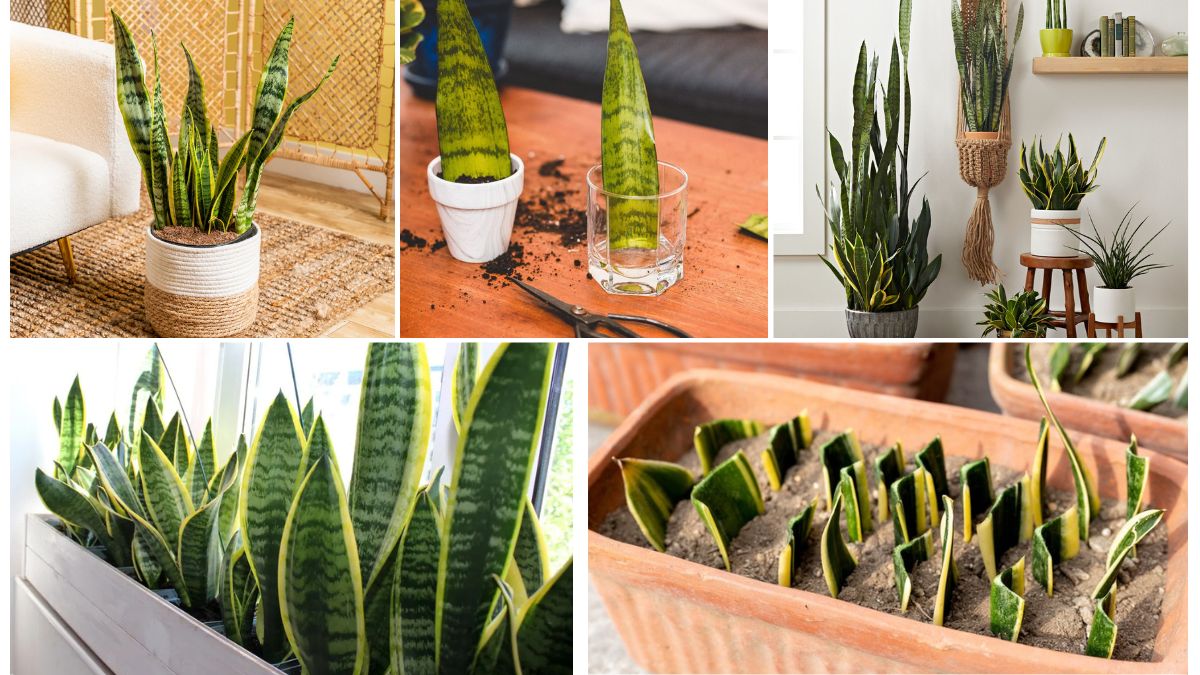Snake plants (Sansevieria spp.), also known as mother-in-law’s tongue, are beloved for their architectural shape, air-purifying qualities, and near-indestructible nature. But did you know that with the right care, you can grow massive snake plants from scratch—even from a single leaf cutting? Whether you’re a beginner or a seasoned plant parent, this guide will show you everything you need to know to grow lush, tall, and healthy snake plants that command attention in any room.
1. Choosing the Right Variety for Size
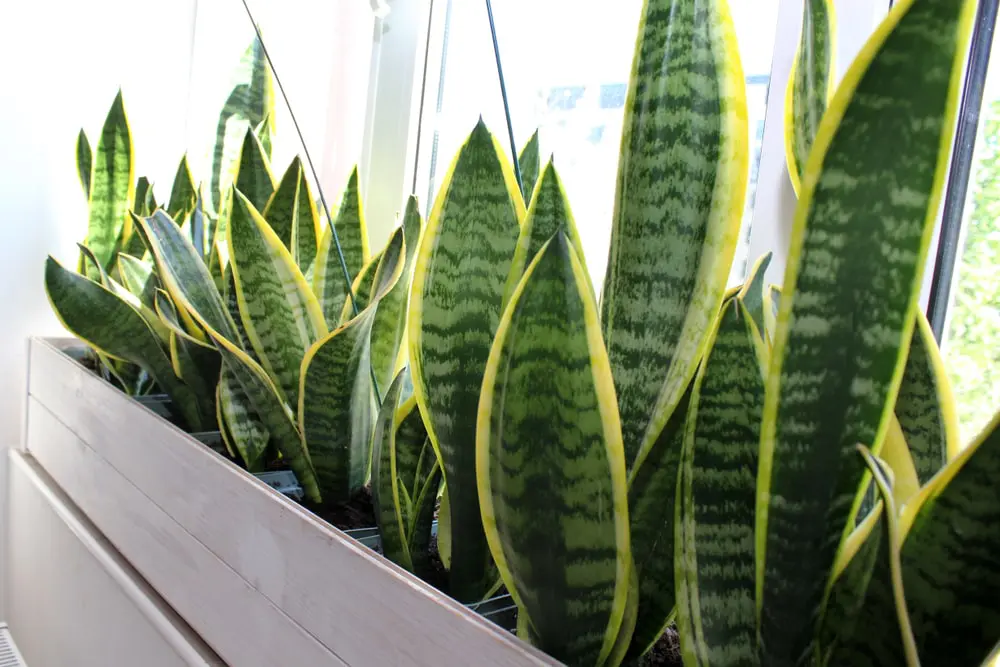
Not all snake plants are created equal when it comes to size. To grow massive specimens, start with varieties known for their tall or robust growth habit. Some of the best options include:
- Sansevieria trifasciata ‘Laurentii’ – Popular for its tall, sword-like leaves with golden margins.
- Sansevieria zeylanica – Hardy and fast-growing, ideal for bigger plants.
- Sansevieria cylindrica – Has cylindrical, upright leaves and can grow wide and tall under proper care.
Choose healthy mother plants or mature leaf cuttings from these varieties for a better start.
2. Propagating Snake Plants from Scratch
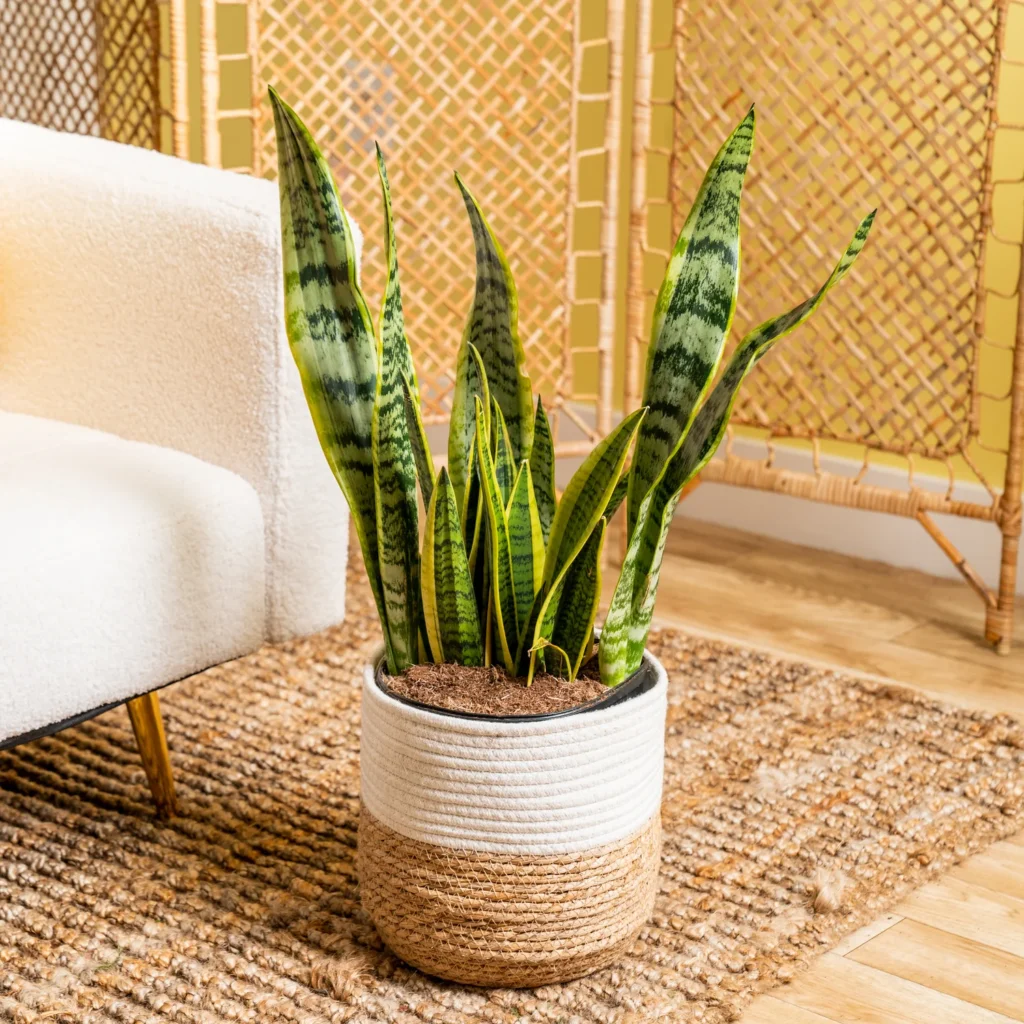
There are several methods to start snake plants, but the most common for beginners is leaf cuttings. Here’s how:
Step-by-Step Leaf Propagation (Soil Method):
- Choose a healthy leaf: Cut a mature leaf from the base using sterilized scissors.
- Let it callous: Allow the cut end to dry for 1–2 days to prevent rot.
- Prepare the pot: Use a small container with drainage and a light, well-aerated soil mix (see section below).
- Plant the cutting: Insert the cut end about 1–2 inches deep into the soil.
- Water sparingly: Mist the soil lightly and place in indirect sunlight.
- Wait patiently: Roots may take 4–6 weeks to form, and new shoots can appear after 2–3 months.
You can also try water propagation, but soil-grown plants generally adapt better when grown large.
3. Creating the Perfect Soil Mix
Snake plants prefer fast-draining soil to avoid root rot. Here’s a DIY recipe for optimal growth:
- 2 parts cactus or succulent mix
- 1 part perlite or pumice
- 1 part coarse sand or orchid bark
This mix ensures good drainage while retaining enough moisture for the roots to thrive.
4. Pot Size and Material Matter
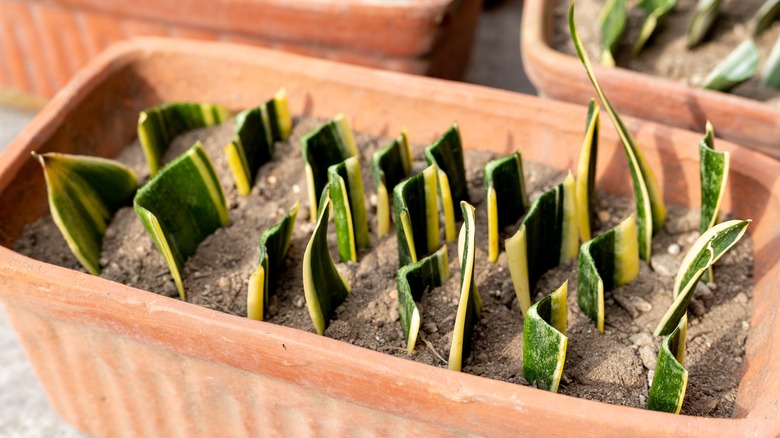
A cramped pot can stunt your snake plant’s growth. For massive plants, use a wide, sturdy container that allows the roots to expand. Terracotta pots are ideal as they absorb excess moisture and provide stability.
When repotting, go only 1–2 inches larger in diameter than the current pot to avoid overwatering issues.
5. Light Requirements for Massive Growth
Snake plants are famous for tolerating low light, but if your goal is size and fast growth, they’ll need more.
- Ideal light: Bright, indirect sunlight for 6–8 hours a day.
- Too little light: Slows growth and may lead to leggy, weak leaves.
- Too much sun: Direct sunlight can scorch leaves.
Place your snake plant near a south- or east-facing window with filtered light for the best results.
6. Watering Wisely: Less Is More
Overwatering is the #1 killer of snake plants. To grow a massive plant, you must learn the art of restrained watering.
- Water only when soil is completely dry.
- In warm months: every 2–3 weeks.
- In cool months: once a month or less.
Use the “finger test”: If the top 2 inches of soil are dry, it’s safe to water. Always discard excess water from the saucer.
7. Fertilizing for Big, Healthy Leaves
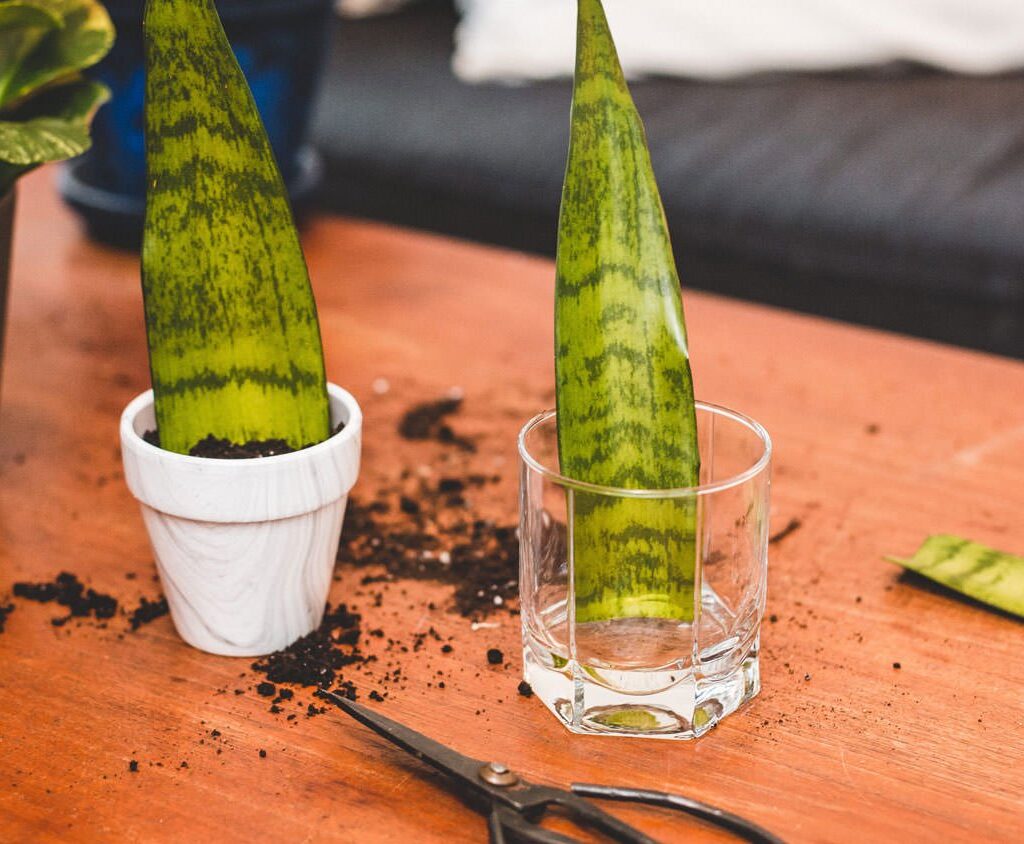
Snake plants are not heavy feeders, but a little nutrition goes a long way when you’re aiming for size.
- Use a balanced, liquid houseplant fertilizer (e.g., 10-10-10 or 20-20-20).
- Dilute to half strength.
- Feed once a month during spring and summer.
Avoid fertilizing in winter, when the plant is dormant. Overfeeding can cause leaf burn or yellowing.
8. Temperature and Humidity Needs

Snake plants love warm, stable environments. To encourage robust growth:
- Ideal temperature: 21–32°C (70–90°F)
- Avoid cold drafts and frost.
- Humidity: Moderate to low; too much humidity can cause rot.
If you’re growing indoors in India, especially during monsoon, make sure the plant has good airflow to prevent fungal issues.
9. Pruning and Maintenance Tips
Regular care helps redirect energy to healthy new growth.
- Remove damaged or yellowing leaves with clean shears.
- Wipe dust off leaves with a damp cloth monthly for better photosynthesis.
- Rotate the plant every few weeks to ensure even growth.
You can also divide the plant once it gets too crowded, giving you more snake plants to grow large in separate containers.
10. Common Problems and Fixes
Growing a massive snake plant from scratch comes with a few potential issues:
- Leaf droop: Often due to overwatering or low light.
- Yellow leaves: Possible sign of nutrient deficiency or poor drainage.
- Root rot: Most common in dense, wet soil.
To fix these, adjust watering, check soil health, and improve light exposure. Repot if needed.
11. Patience Pays Off
Snake plants are slow growers by nature. But with the right conditions and consistent care, you’ll start to see strong vertical leaves reaching higher each season. In about 2–3 years, a leaf cutting can grow into a tall, bushy plant 2–3 feet high (or more!).
Conclusion
Growing massive snake plants from scratch is entirely possible with a bit of patience, the right soil mix, proper light, and a gentle watering hand. They’re forgiving, resilient, and rewarding—even a beginner can turn a single leaf cutting into a statement houseplant.
Whether you want to green your indoor space, purify your air, or enjoy the satisfaction of nurturing a majestic plant from nothing, the snake plant is your perfect partner. Follow the tips in this guide, and your journey to growing a giant, healthy Sansevieria will be nothing short of a success.
